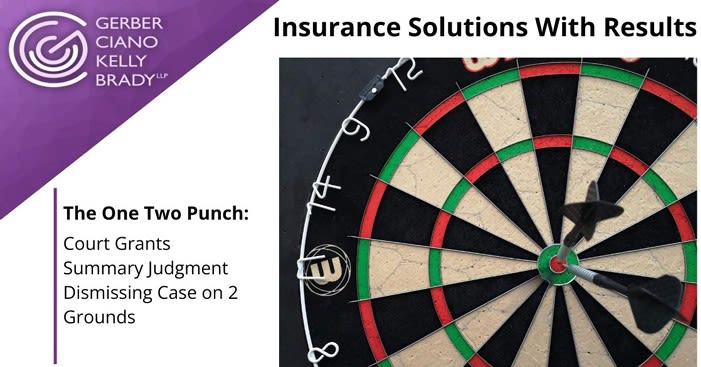
Two recent cases demonstrate how courts can expand liability to find responsibility. While these cases are in the preliminary stages, they provide insight into how the plaintiffs’ bar is using novel theories to attempt to establish liability.
The New York Appellate Division, Fourth Department reinstated claims by the estates of grocery store patrons in Buffalo who were killed by a white supremacist. The estates sued a company in Iowa and its social media spokesman, alleging that the owner had been intimately involved in marketing and selling of body armor to non-military civilians and non law-enforcement personnel. The lawsuit alleged that the owner’s spokesman personally marketed the body armor and communicated directly with the shooter, encouraging him to buy it. The trial level motion court dismissed the lawsuit, finding that the plaintiffs had failed to satisfy long-arm jurisdiction, a due process protection concerning whether an out of-state party could be hauled into a New York court. The Fourth Department unanimously overruled the holding, stating that the allegations were sufficient to warrant discovery on personal jurisdiction. Although the decision addressed long-arm jurisdiction, liability and duty of care will be critical issues in the lawsuit.
In a second suit, a New York trial court refused to dismiss a suit against ByteDance and Meta where the plaintiff’s son was killed when he was “subway surfing” on the roof of a subway car, striking a low beam and falling between subway cars. The court stated that it needed more information on the social media platforms algorithms, including whether they were designed to send children unwanted and potentially dangerous content. The court distinguished decisions under the Communications Decency Act, which would shield the social media providers from liability. The plaintiff alleged that the social media defendants flooded her son with material he was not interested in and did not want to see.
Both cases have a long way to go until we can determine whether either of these theories will be viable. For now, it is important to monitor and observe novel liability theories because court may justify expanding a duty of care and liability based on tragic events such as those discussed here.
Our team of outstanding lawyers at Gerber Ciano Kelly Brady will always keep you advised of new developments and trends in the law and how they affect our clients. Please feel free to contact Thomas Bona or Matthew Lerner.
Thomas Bona, Partner tbona@gerberciano.com
Matthew Lerner, Partner mlerner@gerberciano.com


